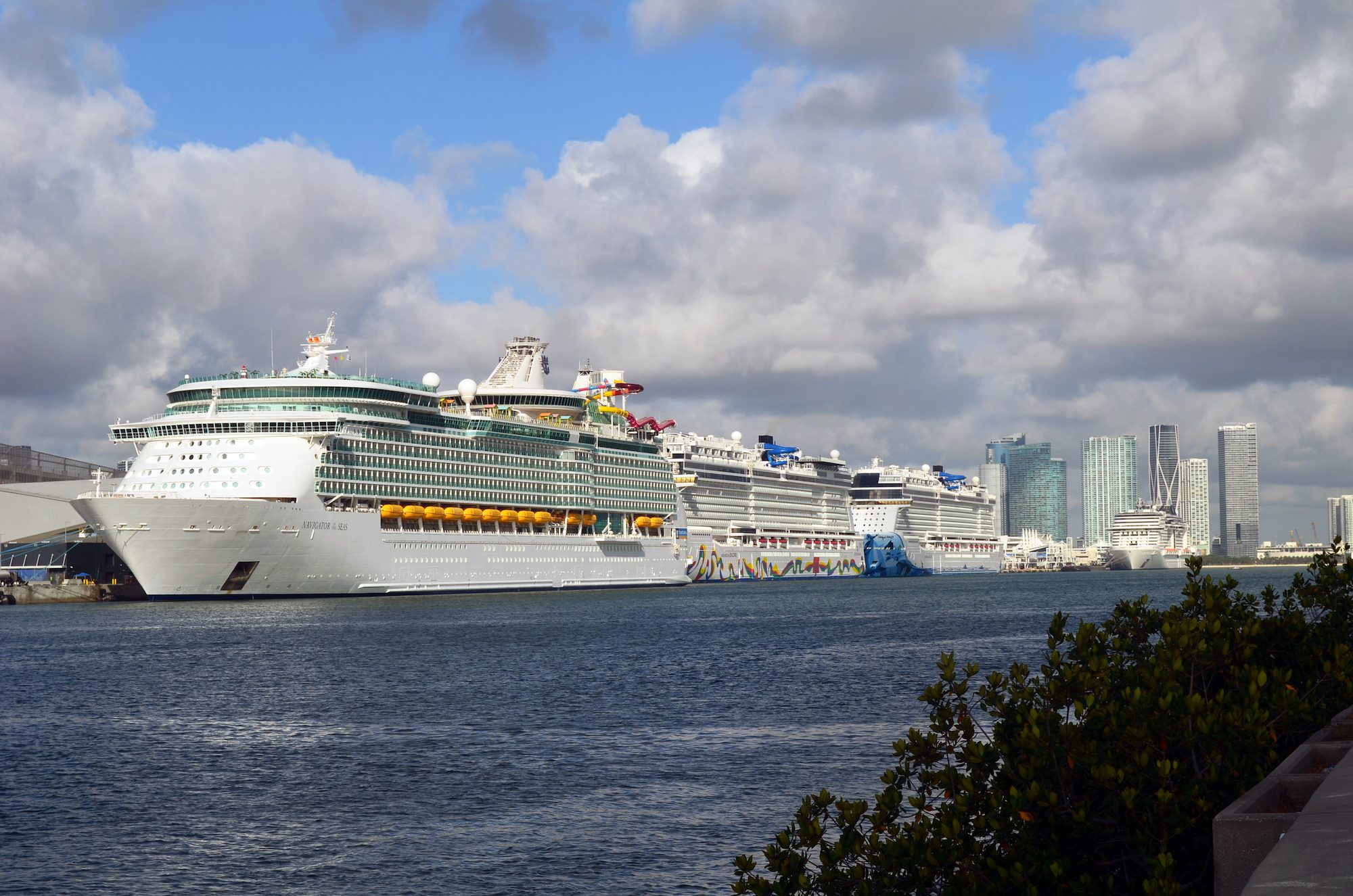Cruise Lines International Association (CLIA) has released its 2022 State of the Cruise Industry Outlook report, showing the pandemic’s far-reaching effects on the cruise industry, as well as charting a path forward.
The report highlights “industry-leading protocols” put in place to facilitate the resumption of cruise tourism around the world after operations were suspended in early 2020. To date, more than 75% of ocean-going member capacity has returned to service, and nearly 100% projected to be in operation by August 2022, the report shows.
“The 2022 State of the Cruise Industry Outlook report provides an opportunity to reflect on how far our industry has come as CLIA ocean-going cruise lines have welcomed more than six million guests onboard since resuming operations in July 2020,” said Kelly Craighead, president and CEO of CLIA. “While our focus on health and safety remains absolute, our industry is also leading the way in environmental sustainability and destination stewardship.”
The report charts the industry’s continued progress towards environmental sustainability as the CLIA sets its sights on carbon neutral cruising by 2050. By 2027, CLIA members will be operating 26 LNG-powered cruise ships, while 81% of global capacity will be fitted with Advanced Wastewater Treatment Systems. Another 174 cruise ships with shoreside power connectivity, the report shows.
The latest report also features new 2020 economic impact data, including critical insights concerning the industry’s recovery from the pandemic, the value of cruise tourism and the leadership and advancements in the areas of responsible tourism and maritime practices. According to the report, there were 5.8 million passenger embarkations in 2020, for a decrease of 81% compared to 2019. The industry supported 576,000 jobs in 2020, a decrease of 51% compared to 2019, and a total $63.4 billion economic contribution, for a decrease of 59%.
The report also quantifies the value of cruise tourists, with every 24 cruisers creating one full-time equivalent job. Cruisers also spend an average of USD $750 per passenger in port cities over the course of a typical seven-day cruise, according to the report.
“Coastal and maritime tourism is an important economic driver, and we continue to work in partnership with cruise destinations so that communities thrive from responsible tourism. Our members are also investing in new technologies and new ships and pursuing the goal of net carbon neutral cruising by 2050,” said Craighead.
In 2022, CLIA ocean-going member cruise lines are projected to debut 16 new cruise ships, including five LNG-powered vessels and nine expedition ships. This “class of 2022” will be 100% equipped with Advanced Wastewater Treatment Systems.

 Join The Club
Join The Club











